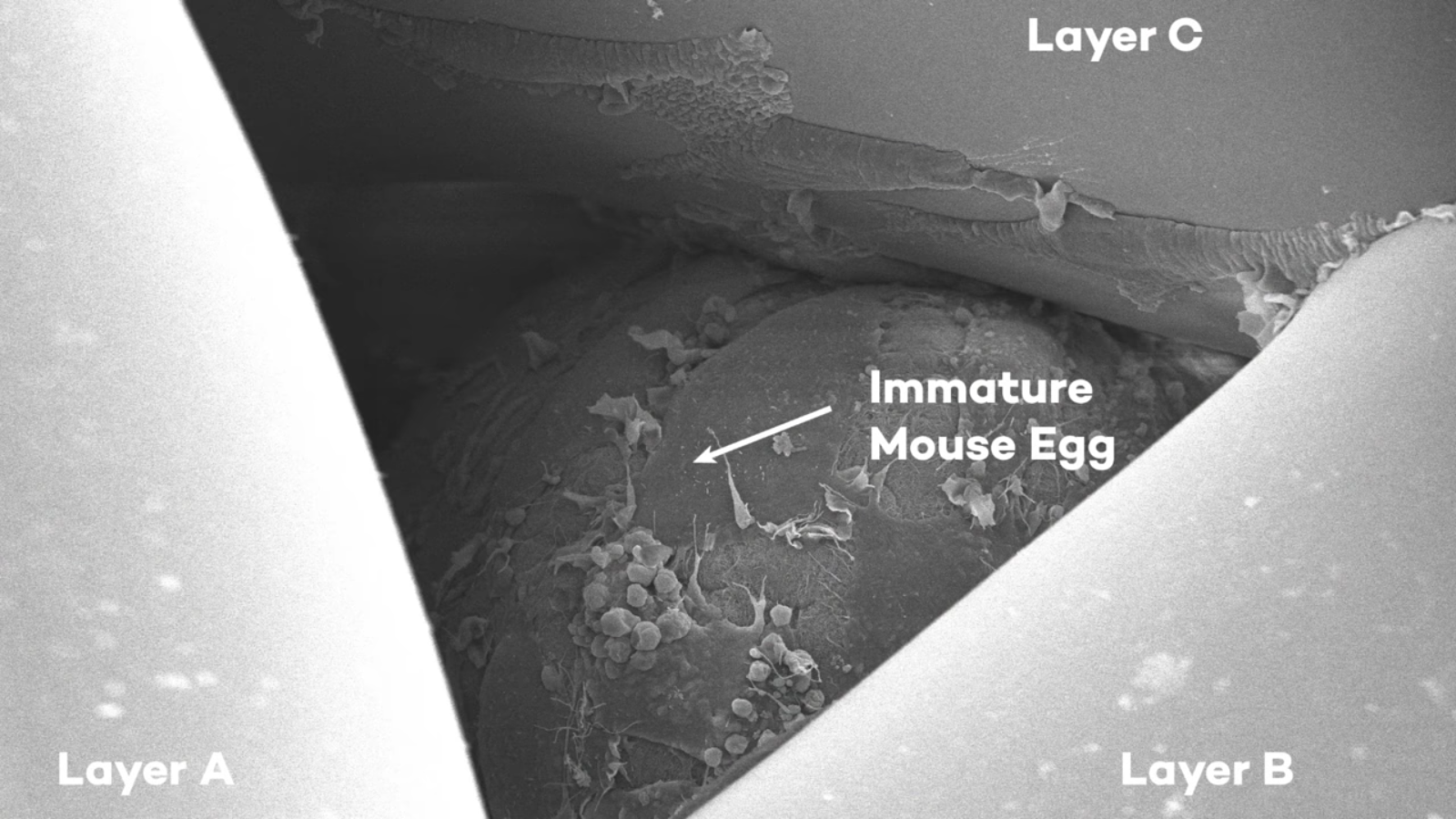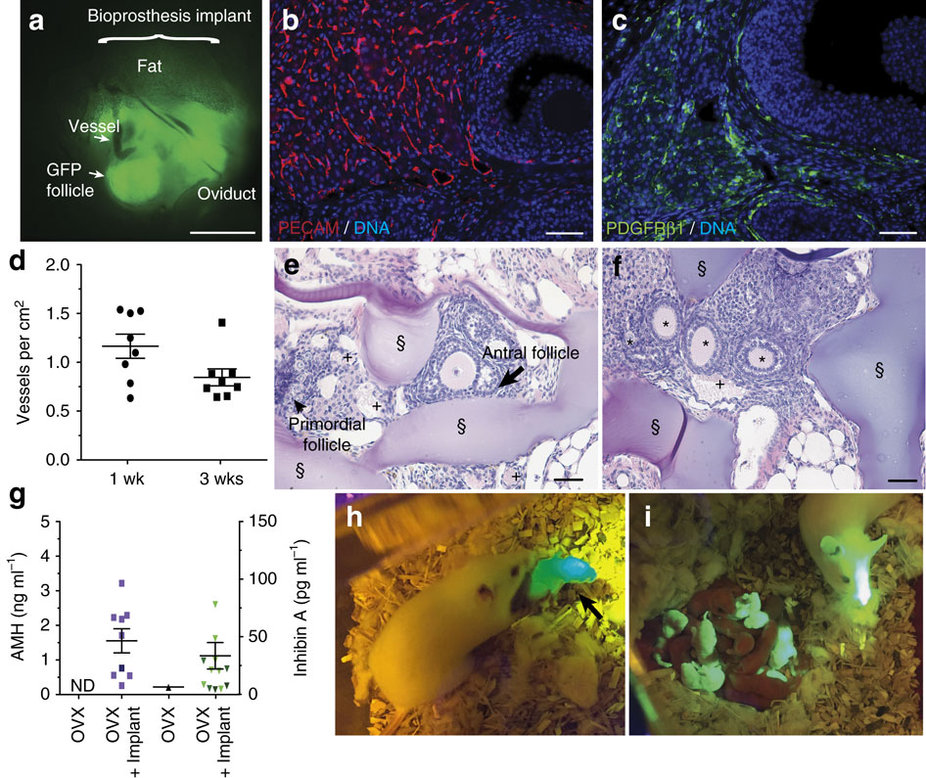Research from Northwestern University has showcased the ability to 3D print functioning ovaries. Located in Illinois, the team of scientists at Northwestern announced mice implanted with 3D printed ovaries have successfully produced healthy pups.

The bioprosthetic ovaries were bioprinted using hydrogel scaffolds. The new research is a collaboration between the Northwestern University’s Feinberg School of Medicine and McCormick School of Engineering.
The research paper, published in Nature Communications, brought together professor Ramille Shah’s Tissue Engineering and Additive Manufacturing (TEAM) laboratory and Teresa K. Woodruff’s Woodruff Lab. Shah’s TEAM lab was recently responsible for the innovative 3D printed hyperelastic bone research.

The holy grail of bioengineering
The research project removed the ovaries from a female mouse and replaced them with a 3D printed bioprosthetic ovary, by doing so the mouse was able to ovulate and even reproduce.
Teresa K. Woodruff, reproductive scientist and director of the Women’s Health Research Institute at Feinberg believes this research proves “bioprosthetic ovaries have long-term, durable function.” The team used a 3D bioprinter in order to create scaffolds to house immature eggs which were able to boost hormone production and restore fertility.
Using bioengineering, instead of transplanting from a cadaver, to create organ structures that function and restore the health of that tissue for that person, is the holy grail of bioengineering for regenerative medicine.

Restoring fertility in women
The main aim of the research project was to demonstrate the possibility of restoring fertility and hormone production in women unable to do so following cancer or other development issues.
Monica Laronda, co-lead author of this research explains,
What happens with some of our cancer patients is that their ovaries don’t function at a high enough level and they need to use hormone replacement therapies in order to trigger puberty. The purpose of this scaffold is to recapitulate how an ovary would function. We’re thinking big picture, meaning every stage of the girl’s life, so puberty through adulthood to a natural menopause.
3D printed gelatin
3D printing scaffolds is a common practice in the bioprinting field and hydrogel materials are often used, this research used a particular type – gelatin. Commonly found in food, gelatin is a “biological hydrogel made from broken-down collagen that is safe to use in humans.” It was important for the researchers to use a scaffold that had both the ability to provide self-support and could also promote biological growth which gelatin provided.
However, it was not just the ability to print the structures, the 3D printing process crucially enabled the researchers to build intricate support structures. Ramille Shah, assistant professor of materials science and engineering at McCormick and of surgery at Feinberg, explains the material breakthrough,
Most hydrogels are very weak, since they’re made up of mostly water, and will often collapse on themselves. But we found a gelatin temperature that allows it to be self-supporting, not collapse, and lead to building multiple layers. No one else has been able to print gelatin with such well-defined and self-supported geometry.
Northwestern University has an ever-growing reputation in the 3D printing industry with recent innovations including 3D printed extraterrestrial inks and exploring the technology to heal hearts.
To stay up to date with the latest 3D printing news, subscribe to our newsletter, follow us on twitter and like us on Facebook.
Featured image shows scientist holding a 3D printed mouse ovary cell scaffold. Image via Northwestern University.



